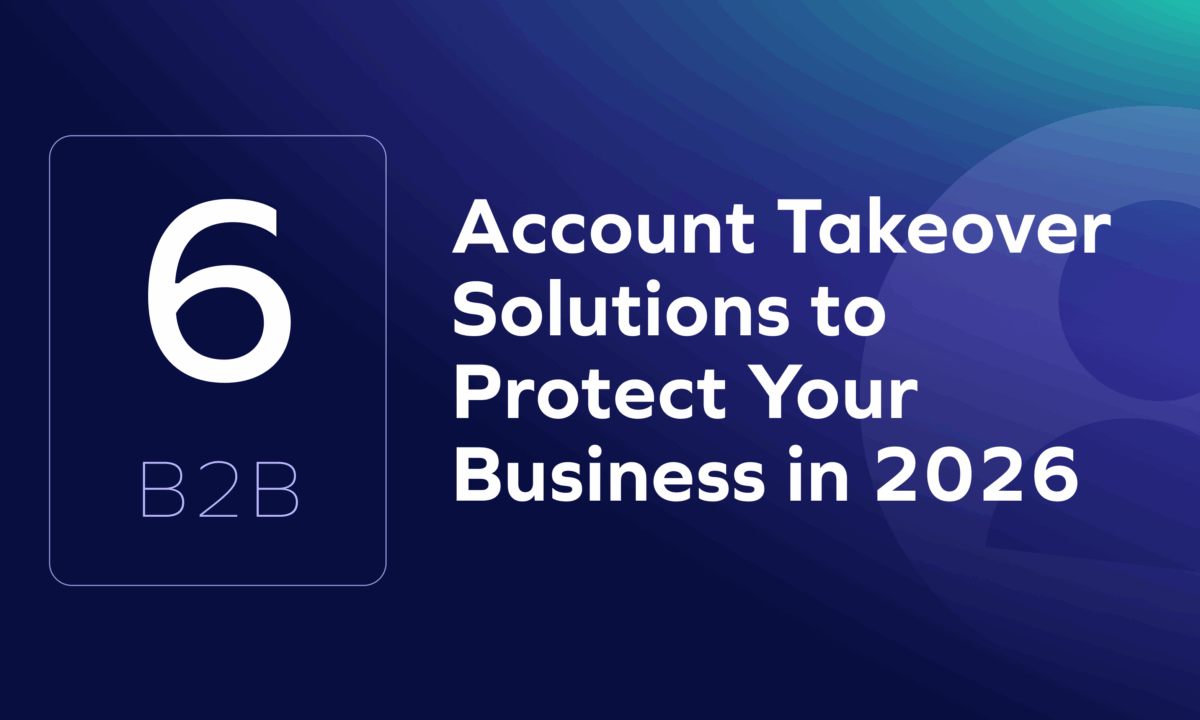Chief Information Security Officers (CISOs) face an evolving array of threats that target every part of their organization. From cyberattacks to internal fraud, the complexity and scale of these threats require thorough and innovative solutions.
For CISOs at companies engaged with B2B transactions, a specialized B2B payment system can be a crucial ally. This blog explores how a B2B payment system can enhance fraud detection, safeguard an organization’s bottom line, provide visibility into financial operations, and consolidate disparate information into a holistic view of critical business systems.
Enhancing Fraud Detection and Prevention
Given the constantly evolving cyber threat landscape, the role of a B2B payment system in enhancing fraud detection and prevention cannot be overstated. Effectively securing these systems is crucial, as they safeguard the entire end-to-end business payment process.
By integrating advanced security protocols and real-time monitoring mechanisms, a B2B payment system takes a proactive approach to protecting sensitive business data. With the right system in place, CISOs can mitigate risks associated with fraudulent activities with automated processes to ensure the integrity and reliability of financial transactions without additional strain on resources. This proactive approach protects sensitive business data, strengthens the overall cybersecurity posture, aligns with regulatory compliance requirements, and fosters stakeholder trust.
Advanced Fraud Detection Mechanisms
Modern B2B payment systems employ advanced technologies such as machine learning and artificial intelligence to detect fraudulent activities. These systems analyze vast amounts of real-time transaction data, identifying patterns and anomalies that may indicate fraud and then flagging them for intervention.
By leveraging these technologies, a B2B payment system can:
- Identify Suspicious Transactions: Real-time monitoring enables systems to track unusual transaction patterns, such as sudden changes in payment amounts or unexpected payment destinations.
- Automate Alerts: A system can automatically alert the CISO and relevant team members when potential fraud is detected, enabling a swift response to mitigate risks.
- Reduce False Positives: Advanced algorithms in a B2B payment system ensure genuine transactions proceed without unnecessary delays and prevent duplicate payments by validating previous compensation.
Protecting the Organization’s Bottom Line
Fraud and payment errors can significantly affect an organization. While financial health will be directly impacted, a reputation for safe and trustworthy service can quickly erode following a security breach. A robust B2B payment system helps protect a company’s economic stability and credibility in several ways.
Minimizing Financial Losses
By effectively detecting and preventing fraud, a B2B payment system minimizes financial losses that often result from fraudulent activities. This protection extends to:
- Preventing Unauthorized Transactions: Blocking unauthorized transactions before they are processed, saves companies from financial losses and potential legal issues.
- Reducing Chargebacks: Chargebacks due to fraudulent transactions can be costly and time-consuming. A secure payment system reduces the likelihood of chargebacks by ensuring only legitimate transactions are processed.
Streamlining Payment Processes
Efficiency in payment processing is another area where a B2B payment system excels, positively impacting the bottom line. Streamlined payment processes lead to:
- Reduced Processing Costs: Automating payment processes minimizes the need for manual intervention, lowering operational costs.
- Improved Cash Flow Management: Faster and more accurate payment processing improves cash flow, enabling better financial planning and resource allocation.
Providing Visibility into Financial Operations
Effective management and strategic decision-making require a deep understanding of financial operations and vendor relationships. A robust B2B payment system helps drive better decision-making and makes it easier to manage your B2B payments.
By offering detailed reporting and sophisticated analytics capabilities, B2B payment systems empower organizations to monitor transactions closely, identify trends, and optimize financial processes. This transparency fosters operational efficiency, enabling proactive decision-making based on accurate, up-to-date financial insights.
Real-Time Transaction Monitoring
CISOs and financial managers can benefit from reviewing all transactions, but doing so manually can often lead to disorganization and human error. In turn, this exacerbates disorganized tracking. Intelligent automated payment systems allow:
- Immediate Detection of Irregularities: Real-time monitoring ensures that any irregularities in the payment process are detected immediately, allowing for prompt investigation and resolution.
- Improved Paper Trail Transparency: All transactions are logged and can be reviewed in detail, providing a transparent view of the organization’s financial activities and empowering CISOs with the necessary information for effective decision-making.
Detailed Reporting and Analytics
A B2B payment system provides detailed reporting and analytics tools that offer insights into payment trends, vendor performance, and financial health. These tools enable:
- Trend Analysis: Understanding payment trends helps in forecasting and planning. For example, identifying peak transaction periods can inform resource allocation and risk management strategies.
- Vendor Performance Evaluation: Analyzing payment data helps evaluate current partners, identify reliable future vendors, and flag those who may pose a risk.
Monitoring Critical Business Systems
Monitoring critical business systems is essential for maintaining the integrity and security of an organization’s operations. A B2B payment system contributes to this by:
Integrating with Existing Systems
A modern B2B payment system seamlessly integrates with existing enterprise resource planning (ERP), accounting, and other critical business systems. This integration ensures that:
- Consistent Data Flow: Data flows consistently between systems, reducing the risk of discrepancies and errors.
- Unified Monitoring: Unified transaction monitoring and oversight of related activities across systems enhances overall security and operational efficiency.
Implementing Proactive Security Measures
Proactive security measures within a B2B payment system help safeguard critical business systems. These measures include:
- Continuous Monitoring: Monitoring payment activities and system performance helps detect and address security vulnerabilities before malicious hackers exploit them.
- Automated Threat Response: Automated response mechanisms can quickly address detected threats, such as isolating compromised systems or blocking suspicious activities.
Continuous Improvement in B2B Payment Security
Safeguarding B2B payments doesn’t start and stop with implementing robust security measures. Keeping transactions secure requires fostering a culture of vigilance and continuous improvement within an organization.
As CISOs navigate the complex landscape of cyber threats, leveraging advanced technologies, promoting collaboration across departments, and maintaining a proactive stance on security can significantly enhance the protection of financial transactions. By staying ahead of potential threats and continuously refining their strategies, businesses can ensure the integrity of their payment systems, protect sensitive data, and build lasting trust with their partners and clients.










